Mastering the Early Steps of an Accident Lawsuit Process

After an accident, prioritize safety and seek immediate medical attention. Document the scene, captu…….
In a world where accidents can have devastating consequences, the legal framework known as the accident lawsuit process plays a pivotal role in seeking justice, accountability, and compensation for victims. This intricate system involves a series of steps, from the initial incident to the resolution in court or through alternative dispute resolution methods. Understanding this process is crucial for individuals, businesses, and policymakers alike, as it influences how accidents are addressed, and ultimately, how safety standards and liability are determined.
This article aims to provide an in-depth exploration of the accident lawsuit process, demystifying its complexities and highlighting its global impact, economic implications, technological advancements, regulatory frameworks, and future prospects. By delving into these aspects, readers will gain a comprehensive understanding of how this legal mechanism operates and evolves in different contexts.
The accident lawsuit process refers to the series of legal procedures initiated by an individual or entity (plaintiff) who has suffered harm due to another party’s negligence, intentional act, or product defect. This process involves several distinct stages:
The concept of accident lawsuits has evolved over centuries, reflecting societal changes and the development of legal systems worldwide. Historically, common law systems in Europe and North America laid the groundwork for modern lawsuit processes, emphasizing the principles of fairness, justice, and compensatory damages. Over time, these systems have adapted to address emerging issues such as product liability, professional negligence, and mass torts.
The significance of the accident lawsuit process lies in several key areas:
The accident lawsuit process is not limited to any specific region, with variations in laws and procedures across the globe. However, certain trends and influences are shaping its global landscape:
| Region | Key Trends/Influences |
|---|---|
| North America | Strict product liability laws and a robust trial bar contribute to a robust accident lawsuit culture. |
| Europe | The European Union’s harmonized laws facilitate cross-border claims, while diverse legal systems offer various approaches to compensation. |
| Asia Pacific | Rapidly growing economies in this region witness an increase in workplace accidents and complex product liability cases. |
| Middle East | Strict liability rules for certain industries, such as oil and gas, shape the lawsuit landscape in this region. |
While each country or jurisdiction may have its unique approach, several global trends are emerging:
The economic aspects of the accident lawsuit process are multifaceted, impacting both individuals and businesses:
Accident lawsuit process-related investments include:
Technology plays a pivotal role in modernizing the accident lawsuit process, enhancing efficiency and accessibility:
The accident lawsuit process is shaped and governed by a web of policies, regulations, and legislative frameworks, which vary widely across jurisdictions:
Despite its importance, the accident lawsuit process faces several challenges and criticisms:
Actionable Solutions:
This global incident involved defective airbags that inflated with excessive force, causing severe injuries and fatalities. The lawsuit process played a crucial role in the massive product recall and compensation for victims:
Medical malpractice lawsuits have a significant impact on healthcare delivery:
The Occupational Safety and Health Administration (OSHA) uses the lawsuit process to enforce workplace safety standards:
The accident lawsuit process is poised for further evolution, shaped by technological advancements, shifting societal expectations, and changing business landscapes:
The accident lawsuit process is a complex yet indispensable mechanism for addressing accidents, promoting accountability, and ensuring justice. As society navigates an increasingly interconnected and technologically advanced world, this process must adapt to emerging challenges and opportunities. By understanding its intricacies, policymakers, legal professionals, and individuals can contribute to shaping a safer, more responsible future.
Q: How do I know if I have a valid case for an accident lawsuit?
A: A valid case typically involves harm caused by another party’s negligence or intentional act, resulting in physical or financial damage. Assessing your case requires gathering evidence and consulting legal professionals who can provide expert advice.
Q: What is the statute of limitations for filing an accident lawsuit?
A: The statute of limitations varies by jurisdiction and type of claim. It generally sets a time limit, often ranging from one to four years, within which legal action must be taken after the incident.
Q: Can I represent myself in a lawsuit, or do I need a lawyer?
A: While self-representation is possible, complex cases often benefit from experienced lawyers who can navigate legal procedures and present a strong case. Legal aid organizations provide support for those with limited financial resources.
Q: How do technological advancements impact the cost of accident lawsuits?
A: Technology can both enhance and reduce costs. While advanced tools may increase some expenses, they can also streamline processes, negotiate settlements more efficiently, and reduce the need for lengthy trials.
Q: What role does public policy play in the accident lawsuit process?
A: Public policy shapes legal frameworks, ensuring that laws reflect societal values and priorities regarding safety, justice, and accountability. Policy interventions can lead to regulatory changes, statute amendments, or the establishment of new legal precedents.

After an accident, prioritize safety and seek immediate medical attention. Document the scene, captu…….
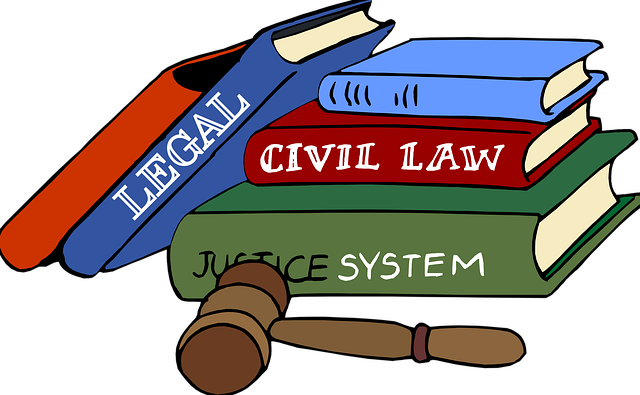
The accident lawsuit process begins with evidence gathering, including witness interviews and docume…….
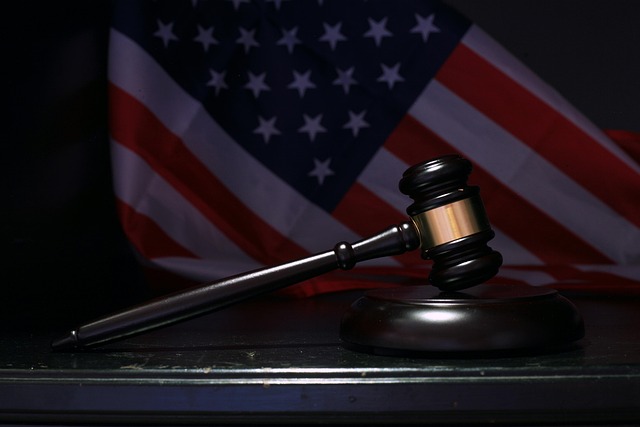
The accident lawsuit process is a mechanism for victims to seek justice and financial compensation f…….
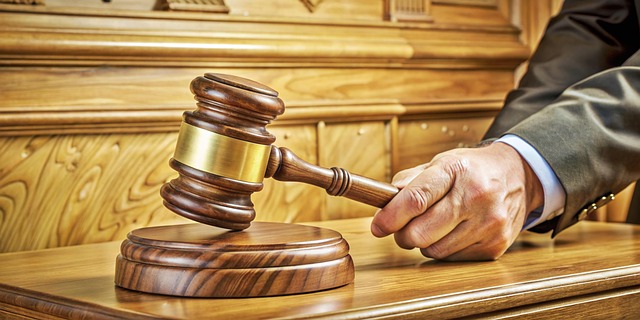
Navigating an accident lawsuit process involves a structured approach beginning with filing a claim…….
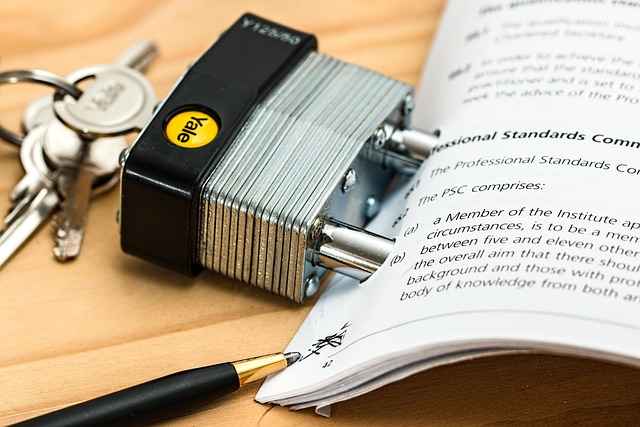
Victims of accidents should prioritize immediate medical attention and incident documentation, inclu…….

The initial stages of an accident lawsuit process are vital for establishing legal strategy and gath…….

Navigating an accident lawsuit process can be daunting due to its complexity, involving intricate le…….
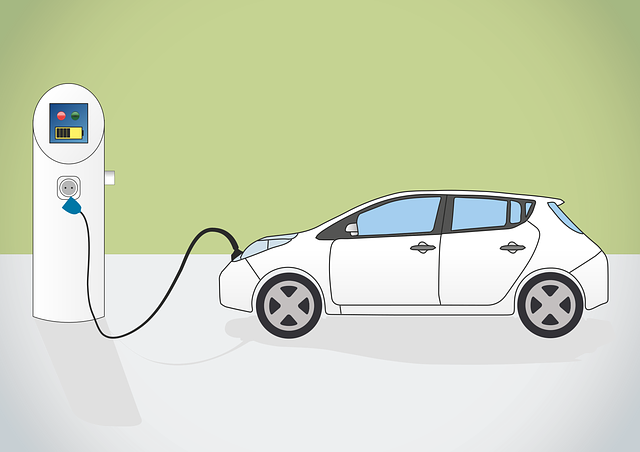
Initiating an accident lawsuit requires legal expertise, especially as not all incidents lead to via…….
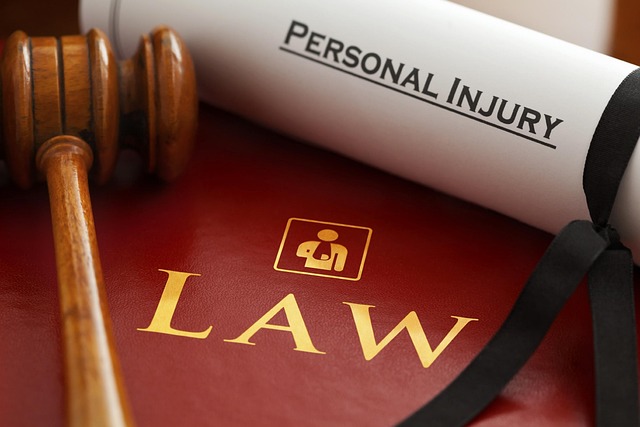
The initial phase of an accident lawsuit process involves a swift assessment and documentation gathe…….

The accident lawsuit process involves a plaintiff filing a complaint, service of legal notice, negot…….